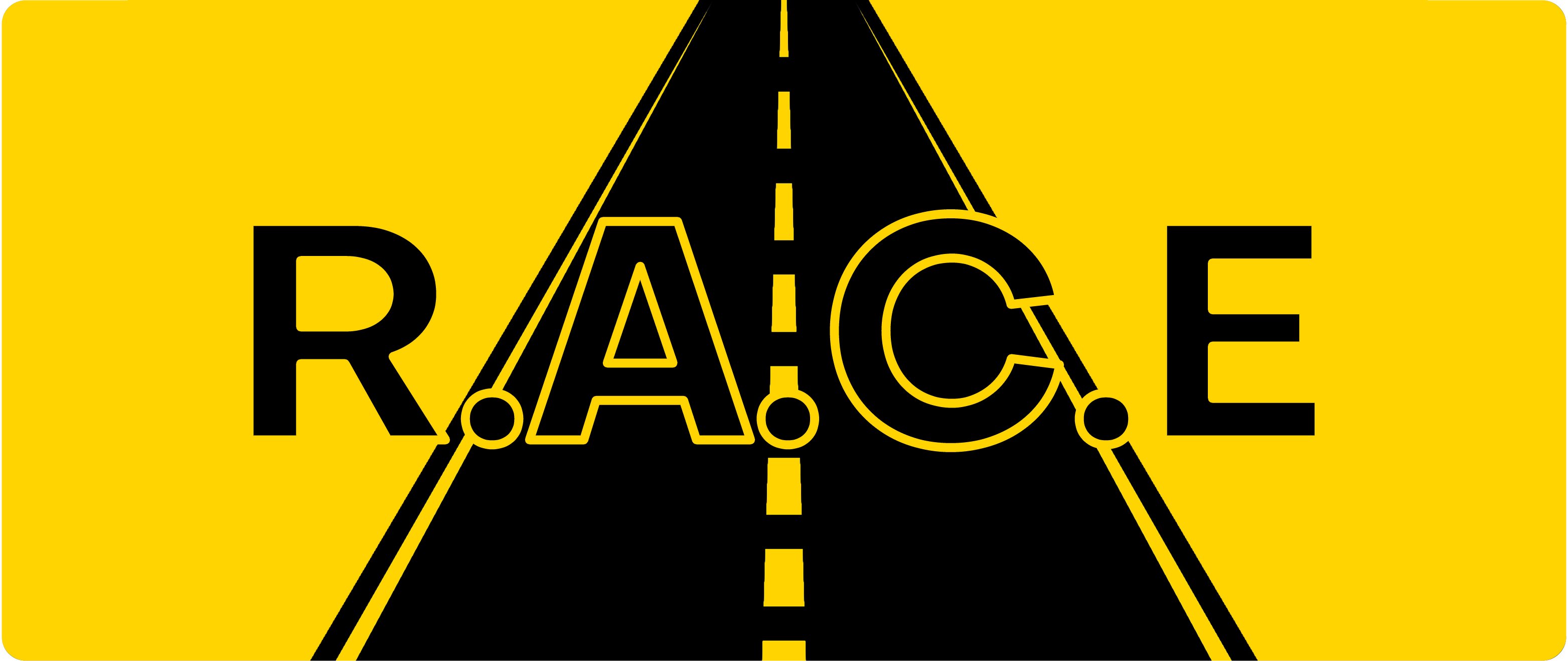As a caregiver or medical professional, where do you start with patient evacuations if there’s a fire emergency? Tough question, right?!
Despite the extraordinary pressures of the crisis, patients with mobility impairments (for example) would also need additional assistance. So, how do you make sure everyone gets the help they need to evacuate, and in which order?
While your health facility will have a unique response plan in place, which you can ask your supervisor about, it’s always helpful to have a refresher on what you could do in case of fire.
Here’s a rundown of RACE, a common set of actions to take in a fire as described by WHO, and pointers that help determine the appropriate evacuation order for your patients.
What Evacuation Procedure Do You Follow?
When an alarm is activated, you’ll be expected to respond with a practiced evacuation system. Many organizations use RACE as an acronym to describe the appropriate actions to take in case of emergency.
RACE stands for Remove, Alarm, Confine and Extinguish or Evacuate:
- Remove — Remove anyone in immediate danger to a safe area. For instance, if a fire started in a patient's room, evacuate those in the room and closest to it, first. Someone with a mobility impairment may need to be evacuated with a paramedic stair chair, or similar, so get someone to help you operate the aid if needed.
- Alarm — Activate the alarm system, once you have successfully moved patients that were in immediate danger. All staff will now be notified of the danger and can begin evacuating the remaining patients. Emergency services should also be called and alerted to the danger.
- Confine — Close all windows and doors to help contain the fire and slow it down. This gives first responders and anyone evacuating, extra life-saving minutes.
- Extinguish or evacuate — A trained staff member can use a fire extinguisher to reduce the fire if it doesn’t put them at risk. All others should evacuate immediately.
Keep in mind that your hospital’s Incident Commander, Health and Safety officials or Fire Marshalls would determine which of these actions to take in an appropriate situation — they’re not necessarily done in order! However, it does suggest that generally, patients located closest to the fire should be the first moved.

5 Tips for Evacuating Your Patients Safely
Here are a few tips to ensure you, your team, and all of your patients stand the best chance of getting to safety, including those with mobility impairments.
- Evacuate those closest to the danger first. Following RACE, start by moving the patients that are closest to danger first. You may be instructed to follow either a horizontal or vertical evacuation. A horizontal evacuation allows you to move patients to a different sector of your building, while a vertical evacuation requires you to move across multiple floor levels. The type or evacuation will depend on the size of the fire, building layout and emergency procedure.
- Use a safe evacuation mobility aid. Patients with mobility impairments may need help traversing stairs in the case of vertical evacuations. While there are a range of aids available, including slides and stretchers, FDA-approved emergency stair chairs are particularly versatile. They can be used for more than one type of emergency, and are quick to deploy and safe to use without specialist training.
- Follow evacuation routes. Each floor or sector of your building will have a clear evacuation map to follow. These exit routes should be clearly marked and may have emergency lighting installed. Identify these routes ahead of time, and learn them well. You could also plan ahead for how you’d evacuate patients with particular needs along each route, and proactively source any mobility aids you may need.
- Do not use electrical appliances. Avoid using objects that run on electricity, like an elevator. Depending on how the fire started, for instance, in the case of an electrical fire, the appliances could cause more of a problem or leave you trapped. Ensure that following your planned route or operating your mobility aids for patients that need them, don’t rely on power.
- Track moved patients. When moving patients, ask a colleague to keep a headcount of each person that is relocated. This will reduce the risk of having to return to the fire to scout for missing patients. You’ll also have a record of which rooms have been cleared of patients, where someone may need help and where the danger is.
What Mobility Aid Is Best for Your Facility?
Which mobility aid will best suit your range of patients? This can be hard to answer when patients, and their needs, change regularly. While some patients may need specialist help and care, such as those in ICU, a wide range of them could be safely assisted with a versatile aid such as an emergency evacuation chair.
It’s helpful when evacuating those with both permanent and temporary disabilities, and also doesn’t require specialist training to use safely, and is quick and easy to deploy.
As part of our mission to support everyone’s mobility freedom, we’ve created the EZ Evacuation chair. It’s FDA-approved, durable, lightweight and designed to suit a wide range of needs. With anti-slip rubber tracks and comfortable restraints and purpose built to help caregivers evacuate patients with a wide range of mobility needs, quickly and safely. Click the button below to learn more.


